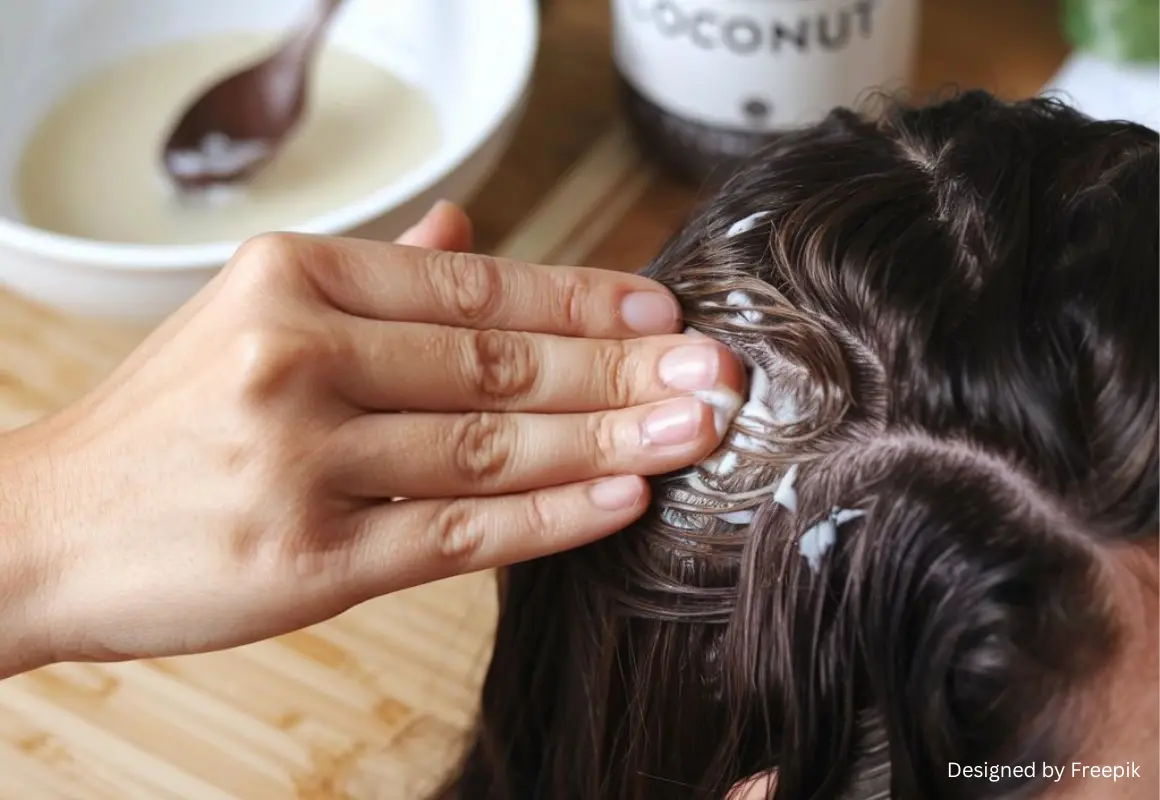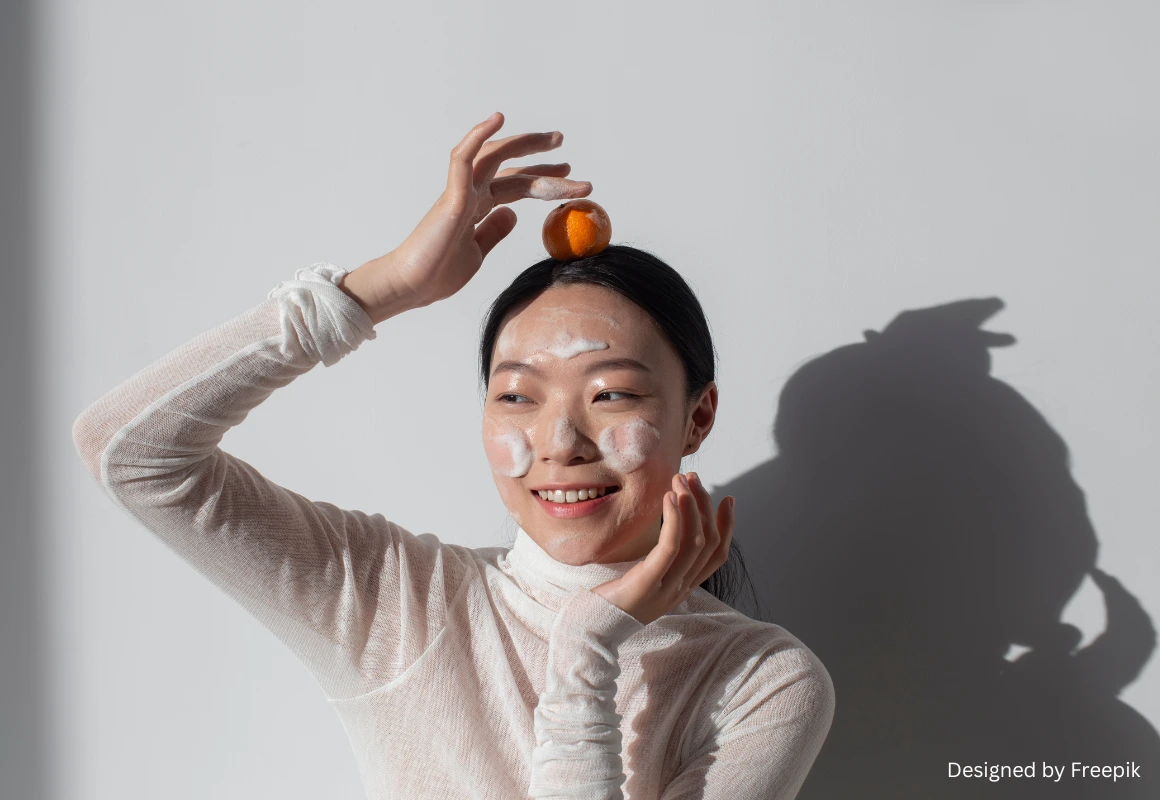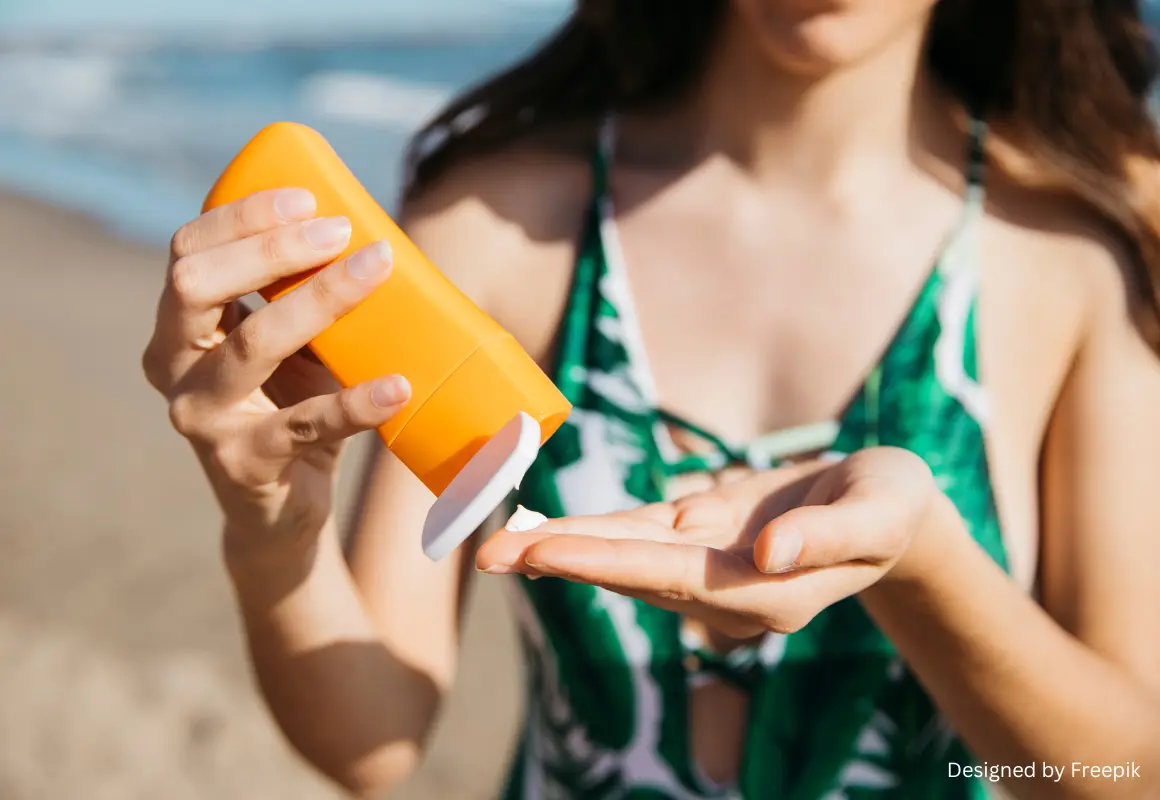Unlocking the Power of Natural Skin care Masks

Unlocking the Power of Natural Skincare Masks
Facial masks have become a vital part of skincare routines due to their ability to provide targeted nourishment and rejuvenation. This article delves into a study focused on developing a natural facial mask using locally sourced materials—specifically silk fibroin, mulberry extract, and chitosan—to create a product that meets consumer demands for safety, efficacy, and natural ingredients. We will cover the background, aims, methods, results, and conclusions drawn from this research, highlighting how each component contributes to the mask's overall performance and consumer satisfaction.
Why Choose Nature Over Chemicals in Your Beauty Routine?
The global cosmetics market is growing rapidly, with a significant interest in products that use natural ingredients to deliver cosmeceutical benefits (cosmetics with medicinal properties). Traditional skincare products often contain chemically synthesized compounds that may cause adverse effects, leading consumers to seek natural alternatives. This demand has spurred research into developing cosmetics from local resources, such as plant extracts and biopolymers.
In Thailand, silk and mulberry are two abundant materials known for their bioactive properties. Silk fibroin, derived from the Bombyx mori cocoon, is a biopolymer with excellent biocompatibility, antioxidant properties, and mechanical strength. Mulberry leaves, on the other hand, are rich in phenolic compounds like flavonoids, which possess both antioxidant and antibacterial activities. Chitosan, sourced from squid pens and shrimp shells, complements these materials by providing antimicrobial properties and enhancing the mask's structural integrity.
The objective of this study was to synthesize a natural facial mask using these three local ingredients and evaluate its effectiveness through a structured development process involving consumer feedback and quality function deployment (QFD).
A Breakthrough in Facial Mask Development
The primary aim was to develop a natural facial mask using silk fibroin, mulberry extract, and chitosan to meet consumer preferences for a safe and effective skincare product. The research sought to design a facial mask that adheres well to the skin, releases active substances efficiently, and complies with safety standards, while also addressing concerns related to product color, odor, and durability.
From Silk to Skin: The Magic Behind Our Ingredients
Local Material Preparation
The three main materials were prepared as follows:
● Silk Fibroin Extraction: Raw silk cocoons were degummed and treated in a Na₂CO₃ solution, followed by boiling and drying. The resulting fibroin was dissolved in a CaCl₂-based solution, purified through dialysis, and lyophilized to obtain a pure silk fibroin extract.
● Mulberry Leaf Extraction: Mulberry leaves were washed, dried, and ground before being extracted with hot water. The extract was then filtered, centrifuged, and concentrated using a rotary evaporator.
● Chitosan Preparation: Commercially available chitosan was dissolved in lactic acid to create a homogeneous solution suitable for mask formulation.
What Do Skincare Lovers Really Want?
The study involved a consumer survey to identify key preferences and requirements for facial masks. The gathered data was categorized using an affinity diagram, and the most significant consumer needs were translated into technical specifications through the QFD process.
The Science Behind Our Natural Facial Mask
A prototype facial mask was developed by incorporating silk fibroin, mulberry extract, and chitosan in specific ratios. The prototype was tested for cytotoxicity to ensure it was non-toxic to skin cells. Further consumer evaluations were conducted to assess satisfaction with attributes such as skin adhesion, substance release, and overall usability.
Silk, Mulberry, and Chitosan: The Ultimate Skincare Trio
Material Characterization
● Silk Fibroin: The FTIR analysis confirmed the presence of characteristic fibroin peaks, indicating the successful extraction of silk fibroin.
● Mulberry Extract: The DPPH assay revealed that mulberry extract has strong antioxidant properties, making it suitable for skin rejuvenation.
● Chitosan: The chitosan solution exhibited excellent film-forming properties, enhancing the mask's mechanical stability.
Inside the Minds of Facial Mask Consumers
The survey results indicated that consumers prioritize three main attributes in facial masks: adherence to safety standards, effective delivery of active substances, and good skin adhesion. Based on these findings, the technical development of the facial mask focused on optimizing these characteristics.
● Ability to Release Active Substances: Ensuring the efficient delivery of antioxidants and nutrients to the skin.
● Skin Adhesion: Achieving a uniform fit and contact with the skin surface.
● Certification Standards: Meeting safety and regulatory standards to gain consumer trust.
The Future of Natural Skincare Starts Here
The study successfully developed a natural facial mask using silk fibroin, mulberry extract, and chitosan, incorporating consumer preferences through the QFD process. The resulting prototype demonstrated good skin adhesion and effective release of active substances, meeting essential safety standards. However, further optimization is needed to enhance its color, odor, and durability to fully satisfy consumer expectations.
In conclusion, the research presents a promising approach to creating natural, locally sourced skincare products that align with consumer demand for safer and more effective facial masks. By refining the prototype based on consumer feedback, future iterations could become a valuable addition to the skincare market.
● Altman, G. H., et al. (2003). Silk-based biomaterials. Biomaterials, 24, 401-416.
● Song-Hwan, B., & Hyung-Joo, S. Antioxidant activities of five different mulberry cultivars in Korea. LWT-Food Science and Technology, 40, 955-962.
● Sionkowska, A., & Płanecka, A. . Preparation and characterization of silk fibroin/chitosan composite sponges for tissue engineering*. Journal of Molecular Liquids, 178, 5-14.
● Friedman, A. J., et al. (2013). Antimicrobial and anti-inflammatory activity of chitosan–alginate nanoparticles. Journal of Investigative Dermatology, 133, 1231-1239.
● Sah, M. K., & Pramanik, K. Regenerated silk fibroin from B. mori cocoon for tissue engineering applications. International Journal of Environmental Science and Development, 1, 404.
● . Wattanutchariya, W., & Royintarat, T. Implementation of quality function deployment and kansei engineering for GABA rice snack development. Environment and Natural Resources Journal, 10, 1-10.







.webp)

